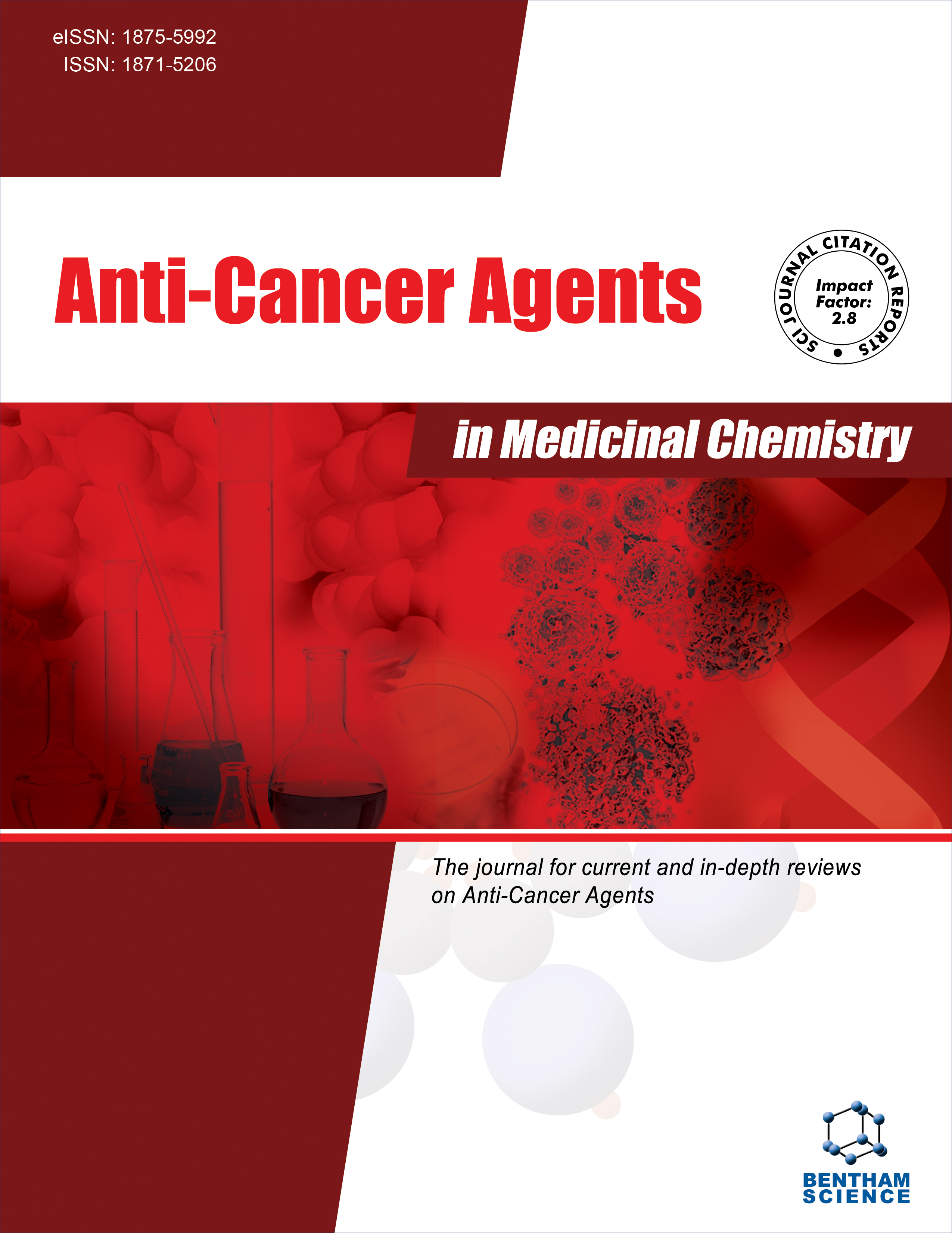
Full text loading...
We use cookies to track usage and preferences.I Understand
Non-small-cell lung cancer is a prevalent malignancy associated with significant morbidity and mortality rates. Tryptanthrin and its derivatives have exhibited potent antitumor activity.
This study aims to investigate the inhibitory effect of a novel synthesized tryptanthrin derivative D6 on proliferation and the possible mechanism of human non-small cell lung cancer cell lines (A549) in vitro.
In this study, MTT assay, cell migration, colony formation assay, cell cycle analysis, cell apoptosis, JC-1 staining assay, reactive oxygen species analysis, proteomics, western blotting, high content screening and absorption titrations analysis were performed.
We found that D6 inhibited both the proliferation and migration, induced cell cycle arrest in the G2/M phase, increased levels of ROS, decreased mitochondrial membrane potential, and promoted apoptosis in A549 cells. Further mechanistic studies found that D6 reduced EGFR expression in A549 cells and inhibited the EGFR pathway by decreasing phosphorylation levels of EGFR, Stat3, AKT and Erk1/2. Moreover, DNA damage induced by D6 involved an increase in p53/MDM2 ratio and concentration-dependent accumulation of micronuclei.
D6 demonstrated significant antitumor activity against A549 cells by inhibiting the EGFR signaling pathway, inducing DNA damage, and subsequently leading to oxidative stress, apoptosis, and cell cycle arrest. Our findings suggest that D6 exhibits potential as an NSCLC drug, owing to its attributes such as antiproliferative activity and ability to induce apoptosis by attenuating the EGFR-mediated signaling pathway.

Article metrics loading...

Full text loading...
References


Data & Media loading...
Supplements

